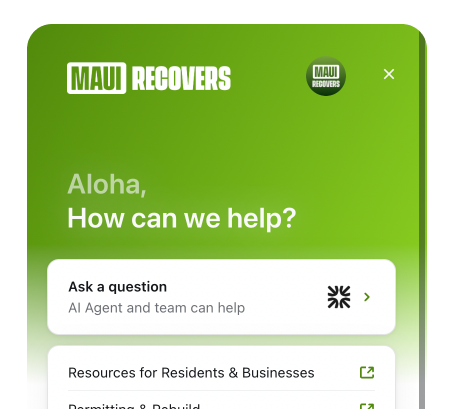Frequently Asked Questions
Some costs related to site preparation for rebuild, such as the removal of debris not removed during the Consolidated Debris Removal Program (considered ineligible debris for the program), may be eligible uses for debris removal insurance. Below is a sample list of some items and activities commonly authorized by insurance providers:
Removal of:
- Driveways
- Fencing or walls made of concrete, wood, or other materials
- Swimming pools
- Concrete surfaces left from a porch, lanai, or stairs
- Hazard or non-hazard trees and other green waste
- Small structures or outbuildings damaged by the fire or winds but not eligible for the Consolidated Debris Removal Program (CDRP)
- Gravel or other erosion control measures left behind by the CDRP
Other work, such as:
- Remediation of smoke damaged structures or personal property
- Repair of damage from extended service outages because of the fire
- Re-filling of holes or repair of damages caused by the CDRP
Remember to check with your insurance provider which of these items are eligible under your policy before starting any work. Keep any documentation for work performed. Pursuant to the Stafford Act and the CDRP Right-of-Entry, the Federal Government will need to collect any remaining debris removal insurance.
How can we help?
Find answers in our Online Help Center






.svg)
.svg)